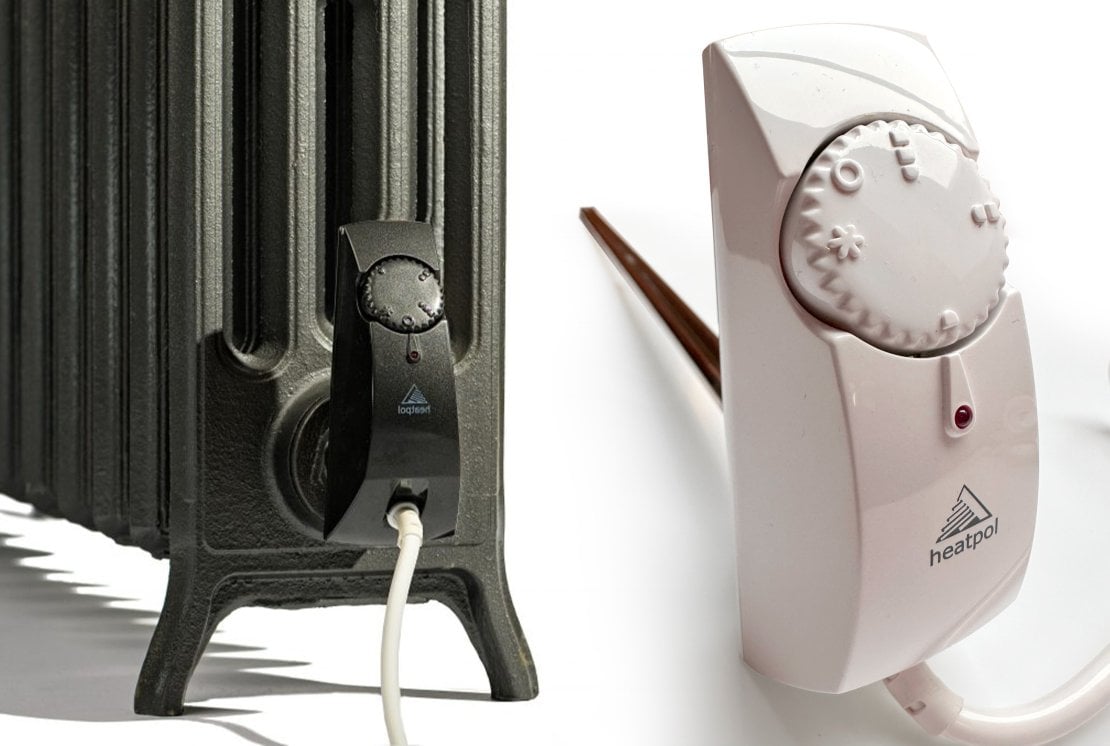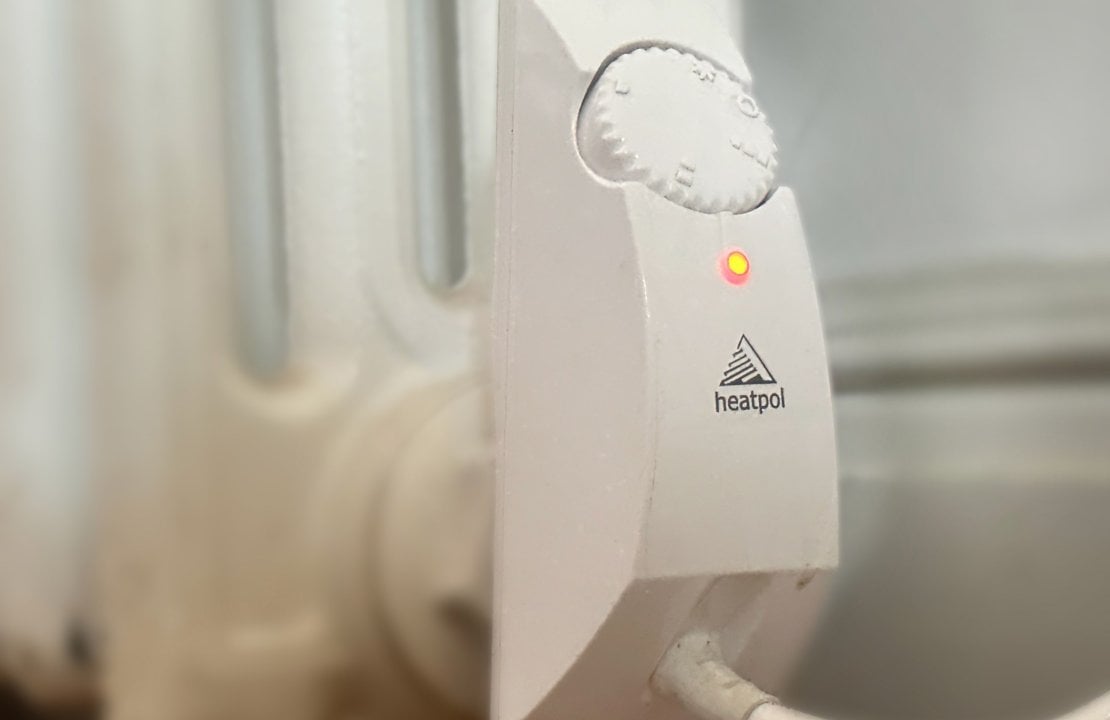To answer these questions, we must first delve into the history of the electric cast iron radiator. Invented in the 19th century, these heating devices were originally powered by gas, coal or oil. However, the advent of electricity and mains gas in the early 20th century revolutionised the way we heat our homes.
Cast iron radiators quickly became popular fixtures in households across the Western world. But as central heating systems became more widespread, these heavy and unwieldy radiators became less popular and you could say they were consigned to the scrapheap of history.
During the 1970s, cheap steel waffle radiators became the norm up and down the country. They were mass produced in their millions of units, light and easy to lift for a plumber working alone. Which meant cheap installation costs for the householder.
However in recent years, the cast iron radiator has made a remarkable comeback. This is partially due to our passion for home renovation and improvements. Also thanks to advances in technology, these appliances are now more energy efficient and cost effective than ever before. They can also be used without mains gas, using electric elements to connect them to the electricity supply. This significantly cuts down installation costs especially on new build properties and home extensions.
And with a growing awareness of the environmental impact of traditional heating systems, many people are turning to electric cast iron radiators as a greener and more sustainable alternative. They deem them to be the perfect solution where buildings are not connected to mains gas either due to installation cost or network constraints.
But what makes these radiators so special?
For one thing, their cast-iron construction means they retain heat for longer, meaning you can switch them off and still feel the warmth for hours afterwards. And because they heat up slowly and evenly, they provide a more consistent and comfortable heat than other types of electric radiators.

Of course, there are some downsides to electric cast iron radiators. They can be expensive to buy and install, and their weight means they can be difficult to move around or reposition. And because they are electric, they do rely on a power source, which can be a concern in areas with unreliable or limited electricity supplies.
But despite these drawbacks, the electric cast iron radiator remains a popular choice for many people looking to heat their homes in a more sustainable and cost-effective way. And with more and more companies entering the market, the options available to consumers are increasing all the time.
Cast iron electric radiators are available in a really wide choice of paint colours and finishes, from metallic colours to antiqued effects and many people choose a paint colour to match the colour they paint their walls or a contrasting colour to complement it. The electric elements used with these radiators are also available in a wide range of different colours from black to gold to ivory.
They are an investment piece and as they use the electricity supply and are not plumbed into the mains gas supply, can be removed if and when you move house.
In the end, the decision to invest in an electric cast iron radiator will depend on a number of factors, including your budget, the size of your home, and your energy needs. But for those willing to take the plunge, these sturdy and reliable radiators offer a glimpse into a simpler and more elegant era of heating, while also providing a practical and efficient solution to modern-day heating challenges.


Be the first to add a comment...